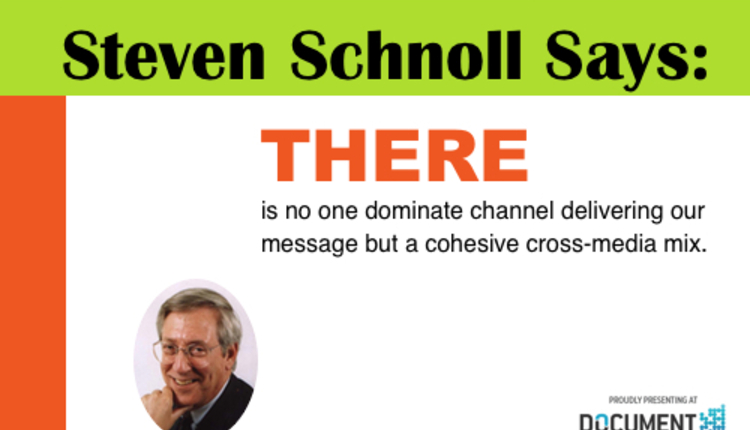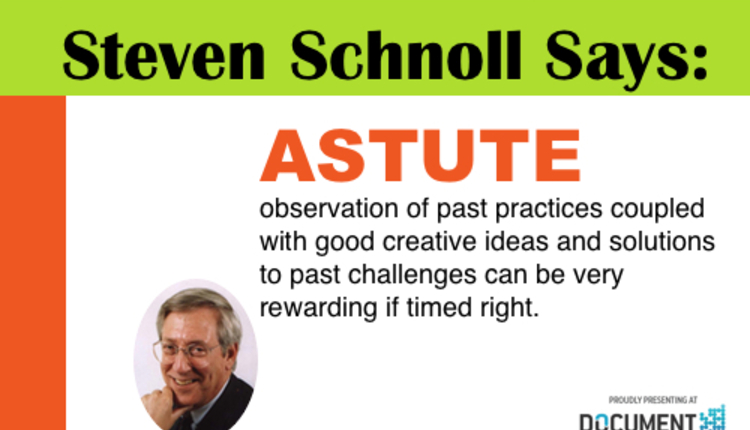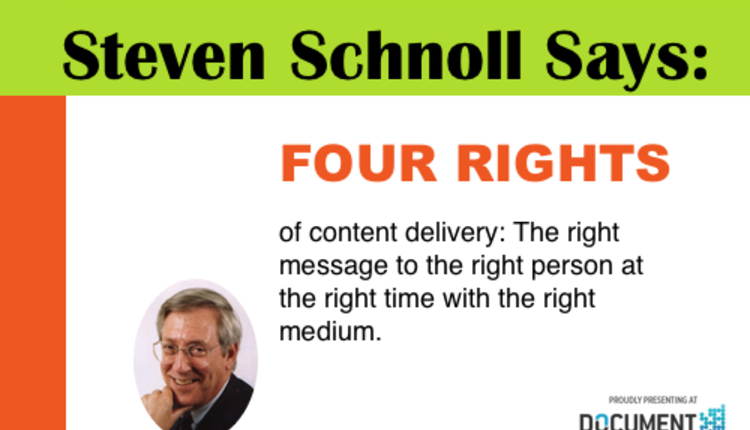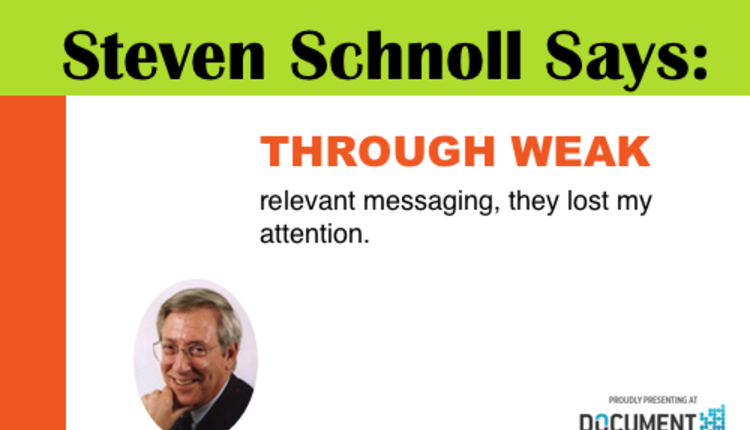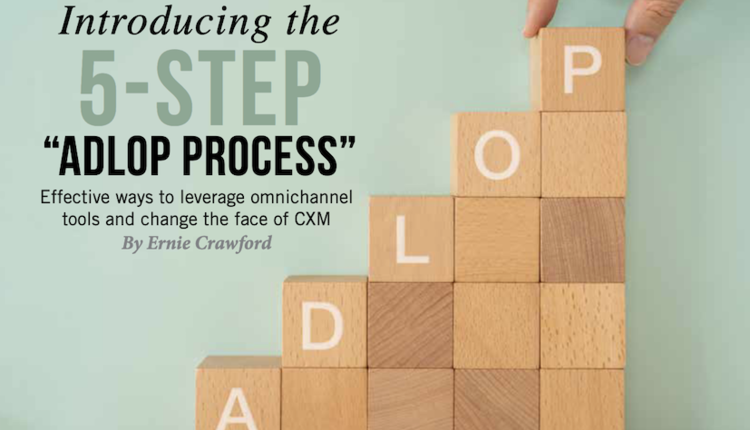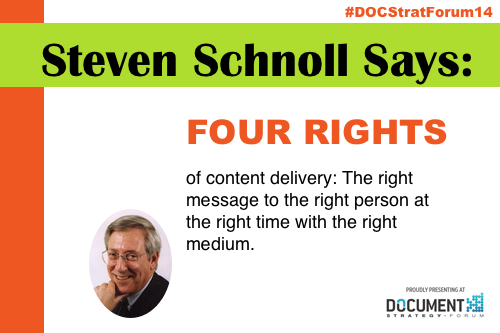
As I travel around the globe consulting and talking to business leaders from all different vertical markets, I am drawing one interesting conclusion about content delivery that is a bit disconcerting. It seems too many people are way too opinionated on what is the best way to deliver their marketing message. Many traditionalists feel print is still the way to go; the frugal folks seem to focus on email blasts; some feel that just having a website is enough; and more progressive younger people believe the answer lies in mobile apps. I think they are all wrong and all right. Now how can that be? My response is that all must be used. To be successful today, an organization must look to the cross-media world. To me, one starts with thinking of the Four Rights: The Right Message to the Right Person at the Right Time with the Right Medium.
Before we get deep into the four rights, we must have a very crucial discussion on DATA. Ever hear of the term “patternicity,” the human tendency to find meaning in random events. Gathering data whether in the Big range or Little range is the cornerstone of the Four Rights and patternicity. This sounds logical, but everything I am about to say hinges on knowing the vital information you have on your marketing targets and then leveraging it successfully. Good marketers look for buying patterns, event patterns and things that can be a predictive model for future actions. Naturally, the poster child for this type of marketing is Amazon, with their very astute predictive modeling software. That is where Big Data or Little Data comes into play. If you don’t know anything about your customer base, you are wasting any marketing dollars. Enterprises that send direct mail pieces addressed to "Dear Neighbor, Occupant or Friend" are destined for the trash bin. And with the price of postage skyrocketing, that direct mail piece has just wasted valuable dollars with little to no potential return. So, if we know the name of our target, let’s use it, but more importantly, let's tailor the message to what we know about the person. Even if you are a small retail establishment, you probably know the name of your target customer, you may even know when a birthday or anniversary is coming up based on past purchases. You know if they are young married couples with children or are senior citizens. This information, if used wisely, can trigger very desirable results.
Mr. Schnoll will be presenting on Tuesday, May 13, 2014 at the DOCUMENT Strategy Forum. Don't miss his Power Session P202/P203 “Building Your Converging Content Future Today: The Matrix of Processes, Technologies and Your Data Assets.” DOCUMENT Strategy Forum ’14 early registration ends March 6th! Register early and save up to $300. Visit www.DOCUMENTstrategyForum.com.





